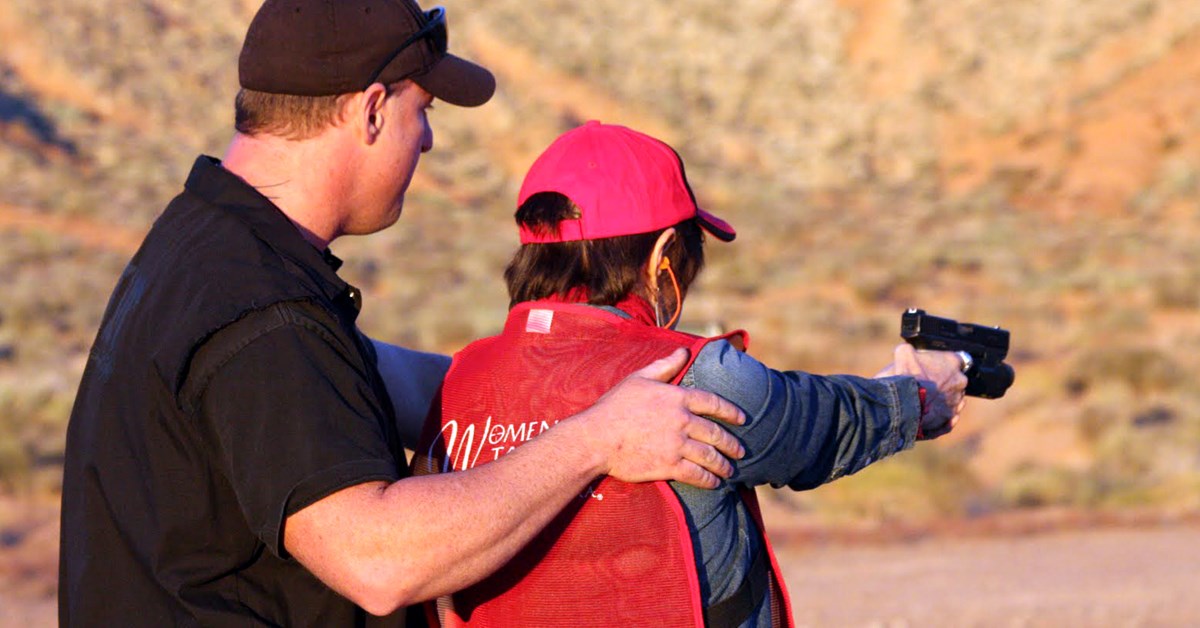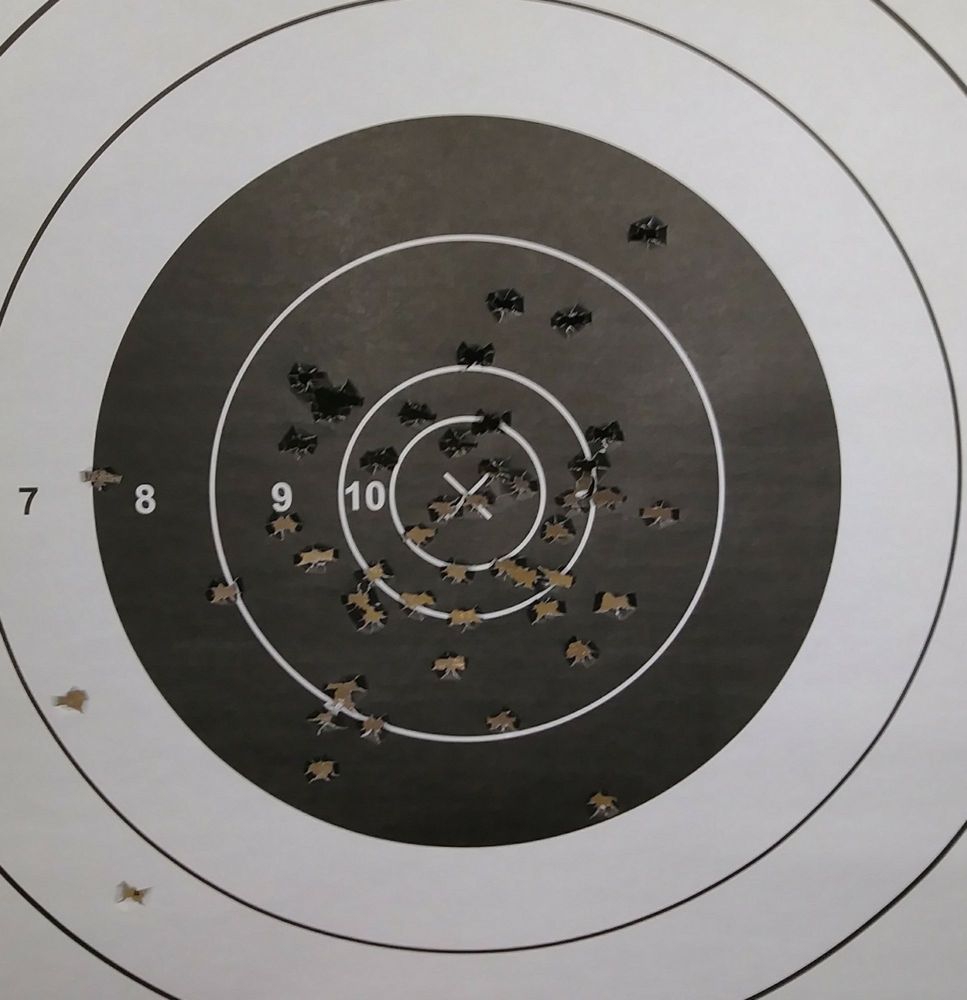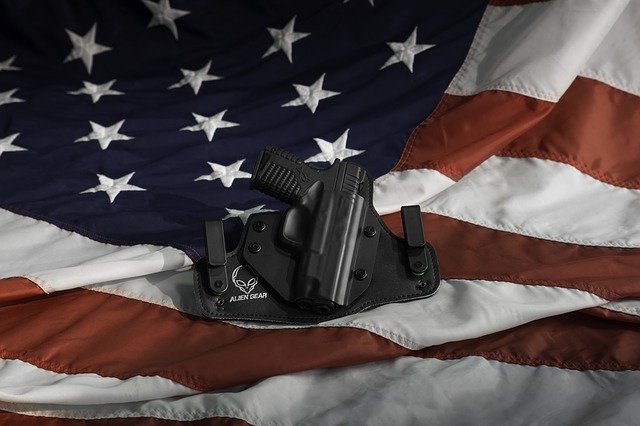
The red-flag law allows for the temporary seizing firearms in certain cases. Following the Connecticut lottery shooting in 1999, the statute was first adopted. The law was not in use for many years after the lottery shoot. The pace of adoption increased in many states after the Virginia Tech shooting in 2007. Today, red flag laws exist in 17 states. This article discusses red flag laws' effectiveness and drawbacks.
Red flag laws have been adopted in 17 states
Red flag laws have prevented mass shootings, but it is impossible to know how many. After mass shootings, officials in several states report an increase in reports about dangerous individuals and requests to confiscate firearms. Still, Connecticut's experience shows that these laws don't always prevent mass shootings. The gunman at Sandy Hook Elementary School had access to guns despite warnings and requests from law enforcement.

They allow the temporary seizing firearms
State-level gun control measures are available in addition to red-flag laws. Many states are seeking to make gun laws better and some are adopting them in response to tragic events. Indiana is one such state. It passed a red-flag law in 2005 following a shooting spree that claimed the life of a police officer. Nikolas Cruz, the shooter, was mentally ill with a history of suicide attempts. His guns were taken by police before the shooting. They were returned three months later.
They provide due process protections
The U.S. Constitution guarantees due process protections, including the right to a full trial. These protections are not available in red flag laws. Red flag laws allow judges to seize firearms under certain circumstances. However, most red-flag laws do not have legal standards for "significant risk" and give the courts broad discretion to determine whether to confiscate guns. In addition, some red flag laws do not require a defendant to hire a lawyer or participate in court proceedings, and they are not treated as criminal cases.
They aren't effective
The federal government should never bribe the states into passing red alert laws. These laws are not well-written and implemented by states. States that want to get federal funds will likely not flesh out federal minimum standards. This renders red flag laws ineffective as a solution to mass violence. Nevertheless, some advocates say red flag laws have some good results. Let's see the positives & negatives to red flag laws.

They are not enough to stop gun violence
While Republicans have been opposed to gun laws for a long time, they are now open to red flag laws. Republican Sen. Lindsey Graham of South Carolina and Republican Gov. Rick Scott (Fla.) first proposed red flag laws last year and the Republican-controlled state legislature rejected them this year. Governor Mike DeWine however has supported the idea. Courts can issue safety protection orders that allow them to confiscate firearms from people they believe are a threat. These laws allow for a person's firearms to be confiscated until mental health treatment is obtained.
FAQ
What information do I need about hunting?
To hunt successfully, it is important to know how the animal moves, how its habits are and how to avoid getting hurt.
It is crucial to understand the hunting laws of your state. Some states allow certain types of hunting while others prohibit it completely.
Other factors include terrain and weather conditions.
Consider whether hunting is something you want to do alone or with friends.
Hunting is an enjoyable activity for many people. Because it allows you to focus on your goal, this is a great advantage. It is possible to miss your shot if all you do is stand by.
Hunting also requires a lot of preparation. Planning is essential to ensure you hunt in the right place.
Your weapons must also be prepared. Before you leave for home, make sure to clean and check that your guns are functioning properly.
You should always wear proper clothing when you are hunting. Dress appropriately for the weather conditions and terrain.
Make sure you bring enough food and water with you. For any emergency, you should always have extra ammunition and supplies.
It is important to never leave anything behind. You might lose it or damage it.
You should pick a safe area that is free from predators before you go hunting.
Make sure you follow the rules set out by the government. These regulations protect both wildlife, and humans.
What type of training does it take to become an experienced hunter? How long does it take to complete?
A basic course is required to learn how hunt. This course will teach you about hunting and give you information about the laws.
This course will teach you how to safely handle guns and ammunition. Instructions will also be provided on how to safely use these weapons.
This course may last from two to three months. Some courses can be taken online. Others are held in person.
Passing a written test is necessary to obtain a license. You might also need to prove that you have successfully completed a hunter education program.
What is the cost of getting licensed? What if there isn't enough money?
Costs for getting licensed vary depending on which state you are in. It costs between $20 and $100.
If you do not have enough money, you may be able to apply for a loan or grant.
To pay the tag fee, you must also pay the fee. You can choose the type of game that you want to hunt and how much it will cost. Tag prices vary.
You can get tags for deer and elk, bear, bison, moose, waterfowls, upland birds, and furbearers such as foxes.
Some states require that you register with the Department of Natural Resources in order to obtain a license.
Before you begin hunting, check local regulations to ensure you are following all rules and requirements.
Can I bring my dog along?
Most states ban dogs from being hunted alongside humans. Some states, however, allow this practice. This practice is not allowed in all states.
Some hunters also bring their pets. Some people believe that having a pet around helps them relax when they are hunting. Others say that having a companion makes them less likely to get lost.
The problem with bringing a pet is that it can cause some problems. Dogs are known to chase other animals away from their owners. Wild animals can also attack pets.
How many Americans are avid rifle hunters in the US
It is estimated that around 2 million hunters hunt with rifles each year.
The majority of these hunters are male, between 18 and 55 years old, and from rural areas.
They hunt in solitude, usually using a crossbow or a bow, and hunt during daylight hours.
Hunters most commonly target whitetail deer (68 percent), followed by mule deer (13 percent) and black bears (10 percent).
Anecdotal evidence suggests an increase in female hunter participation, even though there are no national data.
Statistics
- Over the past 50 years, the number of hunting licenses in California has been on a rapid decline, falling 70% from more than 760,000 in the 1970s to under 268,000 in 2020—even as the state's population has skyrocketed, according to The Mercury News. (stacker.com)
- According to the Wildlife Restoration Act, passed in 1937, most of the state conservation efforts are funded through hunting and fishing license sales and firearms sales. (stacker.com)
- Licenses dropped from a peak of roughly 17 million in the 1980s to 15 million in 2019, according to The Seattle Times. (stacker.com)
- Thanks to the 1937 Pittman-Robertson Act, an 11% excise tax was placed on the sale of firearms, which were then used for conservation. (stacker.com)
External Links
How To
How to build a Deer Blind
A deerblind is a type hunting device used for hiding from game animals, such as deer, elk, and so on. The deer blind is a small enclosure of canvas or wood, often covered with leaves and branches. The hunter will hide inside the enclosure while he waits for his animal to pass. A deer blind is often used when hunting at night.
There are many types of deer blinds. Some are portable, while others are permanently fixed. They are typically constructed out of materials like plywood, cardboard, plastic, canvas, or metal.
The most common type of deer blinds is box blinds (also known as box stands). These blinds consist of a box made of wood with walls and a roof. Boxes are popular due to their ease of construction and transportation.
A tree stand is another form of deer blind. Tree stands can be made natural to appear natural, so people won't suspect that they are there. Most tree stands can be permanently attached to trees.
Ground blinds, similar to tree-stands but built into the ground, are another option. Ground blinds are usually camouflaged in dirt, rocks or sand. Ground blinds can also be called "ground boxes".
You can hunt with a blind deer hunting in many different ways. One way is to sit still and wait for the animal to approach. Moving around can be used to scare the animal off. This method can be used if you are unable to remain still and don't move much. This could lead the animal to think you're a predator and run off.
First, find the right spot to place a deer blind. It is important to choose a location where the wind doesn't blow your scent towards the animal. Avoid areas where people frequently hike.
Don't forget to learn how to set up the deer blind. You don't want your animal running away because they see you.